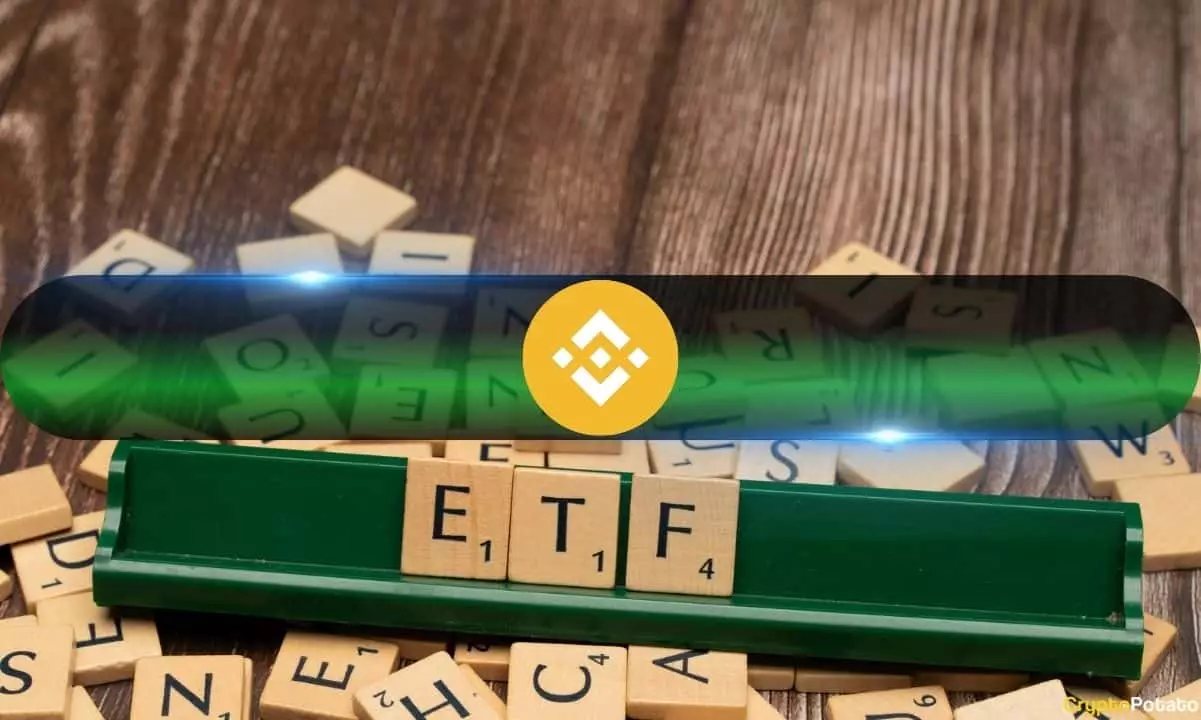The cryptocurrency landscape is an intriguing blend of rapid innovation and intense competition. BNB, Binance’s native token, has consistently displayed resilience and potential since its inception, and recent analysis by Geoff Kendrick of Standard Chartered highlights its robust connection to Bitcoin (BTC) and Ethereum (ETH). This correlation indicates that the value of BNB is not merely a product of speculation but rather grounded in solid market dynamics.
Recent data reveals that BNB’s performance has closely mirrored that of a composite of major cryptocurrencies since May 2021, demonstrating its volatility and return characteristics. The fact that BNB was mentioned in the same breath as BTC and ETH augurs well for its future. As Bitcoin’s price soared past $100,000, one can only anticipate a ripple effect boosting the altcoins, particularly BNB, which has shown a historical affinity for such trends.
The Role of Government and Market Sentiment
The United States government’s burgeoning interest in digital currencies further enhances BNB’s prospects. Plans to bolster the US digital asset stockpile signal a growing legitimacy for cryptocurrencies that could lead to a significant uptick in prices and demand. This governmental backing encourages confidence among investors, which is crucial in a market often marred by volatility and skepticism.
The report’s assertion that restrictions on available supplies will likely push BNB upward alongside its competitors rings true. When institutional confidence coincides with limited circulation, the resulting pressure often leads to higher valuations. The interplay of speculative demand and tangible institutional interest will likely shape BNB’s trajectory in the coming years.
Unpacking BNB’s Value Proposition
Kendrick elaborated on the fundamental value drivers of BNB, which stem primarily from the Binance exchange’s vast ecosystem. The exchange is distinguished as the world’s most active trading platform by volume, and BNB serves multiple functions within this landscape. Users enjoy discounts on trading fees when utilizing BNB, creating a tangible incentive to hold and use the token rather than merely speculating on its future value.
Moreover, BNB’s role as the base layer token for the Binance Smart Chain provides a layer of utility and adoption that many altcoins lack. The Smart Chain’s existence facilitates decentralized applications (dApps) and competes directly with Ethereum’s model. Such operational utility is essential for fostering a loyal user base and promoting continued demand, which translates into sustained price growth.
The BNB ETF: A Game Changer?
Adding another compelling layer to BNB’s narrative is VanEck’s recent application to establish the first BNB ETF in New York. If approved, this innovation could redefine the investment landscape surrounding BNB, allowing traditional investors easier access to this digital asset. ETFs often bring with them a stamp of legitimacy in the eyes of the public and institutional investors alike, potentially driving demand through simpler market entry.
In light of these trends, the predicted 336% return on investment by 2028 seems not only feasible but probable. BNB’s historical performance indicates that the token is theoretically equipped to deliver such returns, provided that market conditions remain favorable. Given its inherent advantages and the evolving regulatory landscape, BNB is poised for an exciting journey that could redefine the benchmarks of cryptocurrency investment.

